Statutory Declaration Template for Various Legal and Administrative Purposes in Ontario, Canada
The template provided below is for creating a statutory declaration, a legal document used in Canada (specifically mentioned within the context of Ontario) to formally declare something to be true under oath. It's a versatile document that can serve many purposes, depending on the specific declaration being made. Here's a breakdown of its components and usage:
Title and Subheading
Title: Clearly labels the document as a "Statutory Declaration."
Subheading: Can be added to specify the declaration's purpose, e.g., "Declaration of Residency."
Body of the Declaration
Introduction of the Declarant: Identifies the person making the declaration (declarant), including their name, address, and occupation, establishing their connection to the declaration's subject matter.
Statement of Fact #1 and Subsequent Statements: The core of the document, where the declarant lists specific facts they are attesting to as true. Each fact is presented as a separate numbered item for clarity.
Declaration of Truthfulness: The declarant affirms their belief in the truthfulness of the statements made in the document.
Final Acknowledgment: Acknowledges the legal implications of making a false declaration, highlighting the seriousness of the document.
Signatures and Seals
Declarant's Signature: To be signed by the person making the declaration.
Official Acknowledgment: Includes space for the date and location where the declaration is made and is to be signed by a Notary Public or Commissioner for Oaths, who verifies the identity of the declarant and witnesses their signature.
Notary Public or Commissioner for Oaths Information: Provides the printed name of the notary or commissioner, their commission expiry date (if applicable), and may include a seal or stamp to officially notarize the document.
Uses of the Template
This statutory declaration template can be adapted for various legal and administrative scenarios, such as:
Confirming identity or citizenship for official records or applications.
Verifying the accuracy of documents or information, such as educational qualifications or professional memberships.
Making a declaration of residency when proof of address is required.
Declaring a common-law relationship or marriage for the purposes of benefits or legal recognition.
Providing evidence of financial status or assets, which may be needed for loan applications, legal disputes, or immigration purposes.
The statutory declaration serves as a formal statement, made under oath, about the truthfulness of certain information. It's a legally binding document, and making a false statement within it is a criminal offense. Therefore, it's essential to ensure that all information provided in a statutory declaration is accurate and truthful.
Given its legal importance, individuals may be required to provide a statutory declaration in various situations, and it must be signed in the presence of authorized personnel, like a Notary Public or Commissioner for Oaths, to be valid. The presence of such an official also helps to verify the identity of the declarant and the authenticity of their signature, adding a layer of legal protection and credibility to the document.
A template for creating a notarized statutory declaration in Canada, here's a structured outline you can follow. This template is designed to be adaptable to various scenarios where a statutory declaration might be required, including but not limited to those you've mentioned, like verifying the accuracy of documents, declaring residency, or affirming financial status.
[Title of the Document: STATUTORY DECLARATION]
[Subheading, if necessary, based on the purpose of the declaration, e.g., "Declaration of Residency"]
I, [Full Legal Name], of [Full Address], [Occupation], in the [City/Province] of Ontario, do solemnly declare as follows:
[Introduction of the Declarant]:
I am [describe relationship or connection to the subject matter of the declaration, if applicable, e.g., "the legal owner of the property located at" or "the executor of the estate for"].
[Statement of Fact #1]:
[Provide a clear, factual statement relevant to the purpose of the declaration, e.g., "I am a citizen of Canada residing at the above address since (date)."]
[Statement of Fact #2 and Subsequent Statements]:
[Continue with additional statements as needed, each as a separate numbered item.]
[Declaration of Truthfulness]:
I believe that the statements made in this declaration are true in every respect.
[Final Acknowledgment]:
I understand that making a false declaration is an offense under the laws of Ontario and Canada.
[Space for the declarant's signature]
Declared before me at [City/Town], in the [Province] of Ontario, on this [Day] of [Month], [Year].
[Space for the signature of the Notary Public/Commissioner for Oaths]
[Printed Name of Notary Public/Commissioner for Oaths]
My Commission Expires: [Date, if applicable]
[Notary Public Seal or Stamp, if applicable]
Notes for Use:
Ensure that all information provided in the statutory declaration is accurate and true to the best of your knowledge.
The declarant must sign the document in the presence of a Notary Public or a Commissioner for Oaths authorized in Ontario.
The Notary Public or Commissioner for Oaths will also sign and may affix their official seal or stamp, as required.
Depending on the specific requirements for your statutory declaration, additional or fewer statements may be included.
For documents intended for use outside of Canada, verify if further authentication or legalization of the document is needed.
This template is designed with flexibility in mind to accommodate various types of statutory declarations. However, it's crucial to tailor the document to the specific requirements of the situation at hand. For legal advice or more detailed instructions, consulting with a legal professional or referring to authoritative sources such as the Law Society of Ontario and Ontario Court Forms is recommended.

